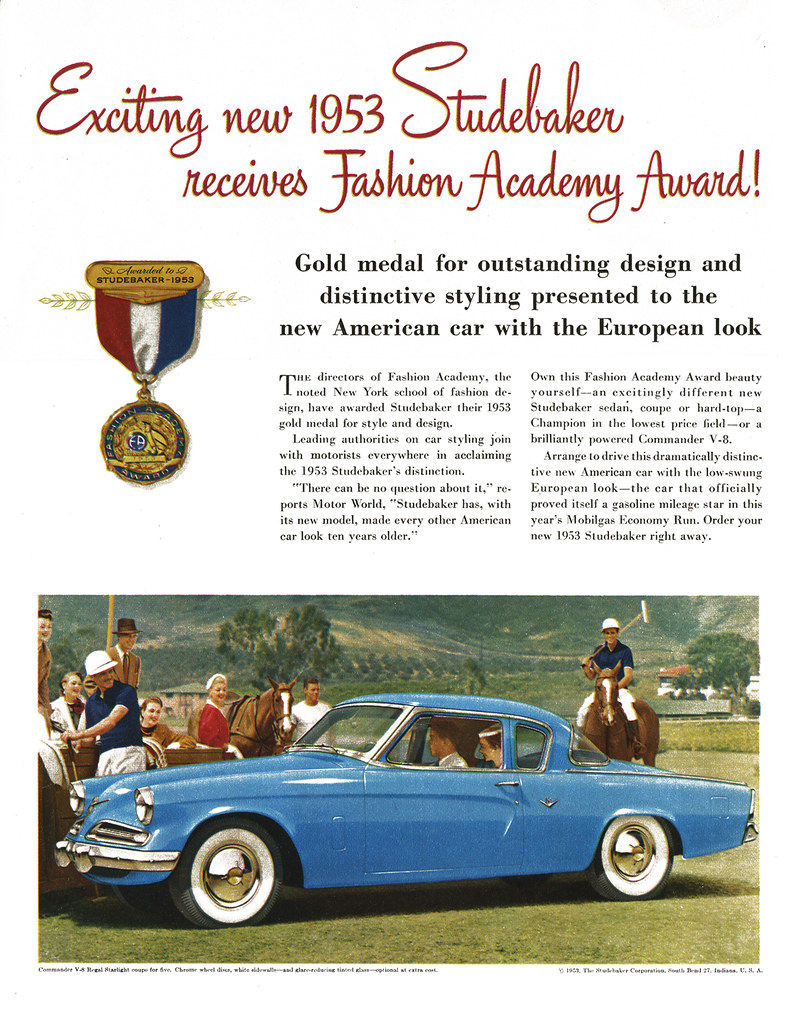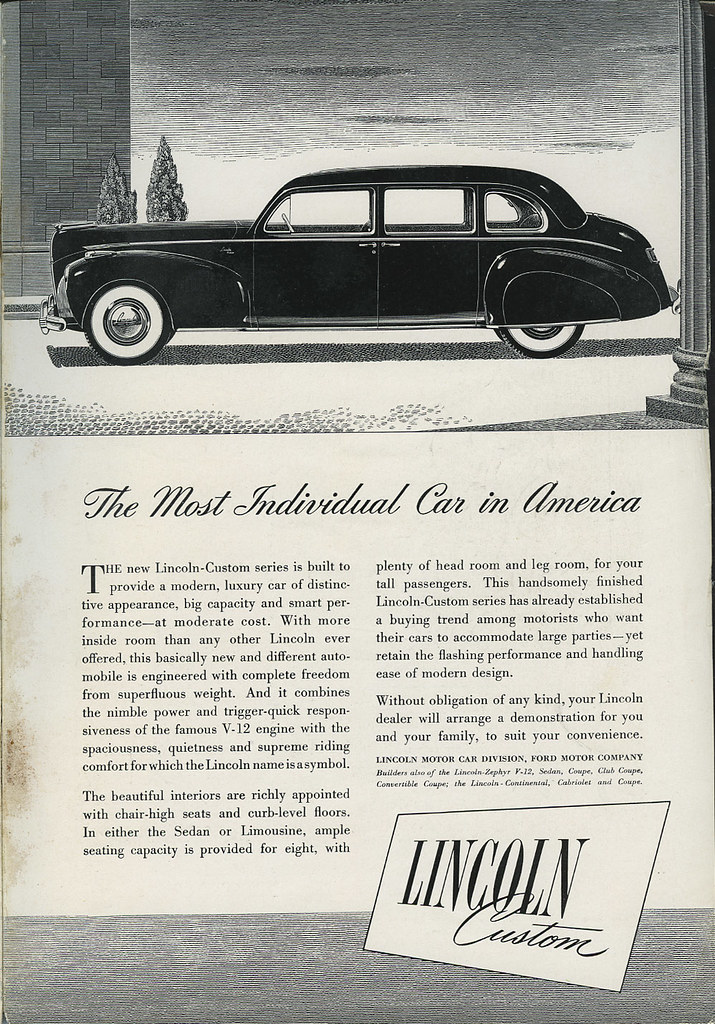Inside back cover of The Buick Magazine from December 1936.
Click on image to see it larger.
And when you think about buying that iPad, remember at one point you could buy a Buick for $845. Can you imagine with what gas cost in 1936 how far you could drive for $845?
I'm guessing the trunk of this car was packed by an engineer with a slide rule or someone who worked at a sardine factory. You judge.
Click on image to see it larger.




















